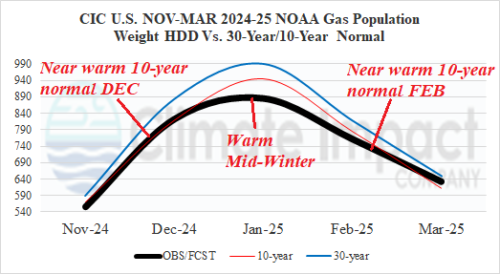09/22/2024, 1:00 pm EDT
An eastward shift of the convection phase of the Madden Julian oscillation (MJO) is forecast by all operational models. The MJO was semi-permanent in the tropical Indian Ocean to Maritime Continent since early August. The eastern shift is across the tropical East Pacific and Atlantic to West Africa through the next 2-3 weeks activating tropical cyclone activity in each ocean basin.

